EDITORIAL
Published on 03 Jun 2019
Editorial: The Superior Colliculus/Tectum: Cell Types, Circuits, Computations, Behaviors
doi 10.3389/fncir.2019.00039
- 3,450 views
- 6 citations
13k
Total downloads
73k
Total views and downloads
Select the journal/section where you want your idea to be submitted:
EDITORIAL
Published on 03 Jun 2019
ORIGINAL RESEARCH
Published on 22 Nov 2018

ORIGINAL RESEARCH
Published on 24 Oct 2018
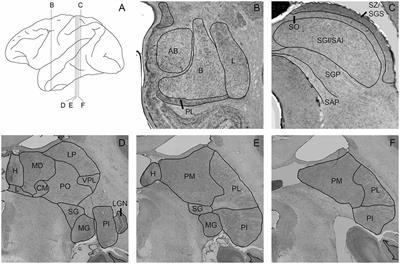
ORIGINAL RESEARCH
Published on 22 Oct 2018

MINI REVIEW
Published on 28 Aug 2018
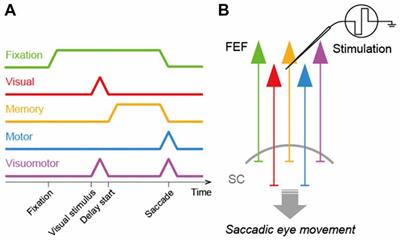
PERSPECTIVE
Published on 24 Jul 2018
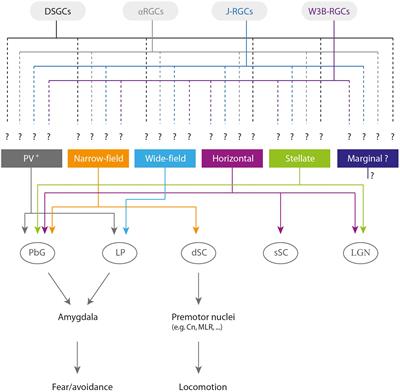
ORIGINAL RESEARCH
Published on 24 Jul 2018
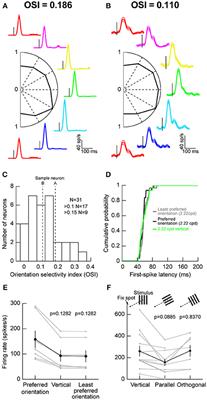
REVIEW
Published on 21 Jun 2018
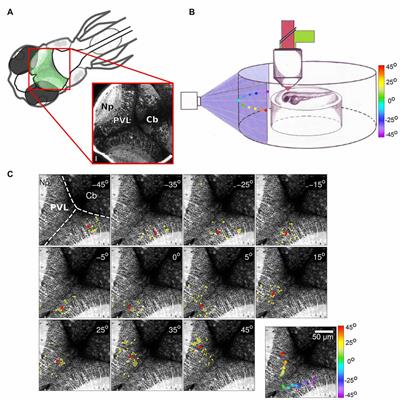
ORIGINAL RESEARCH
Published on 19 Jun 2018

ORIGINAL RESEARCH
Published on 11 Jun 2018
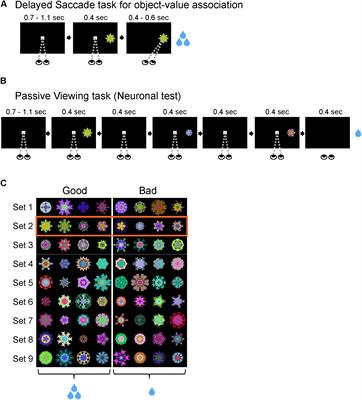
ORIGINAL RESEARCH
Published on 04 May 2018
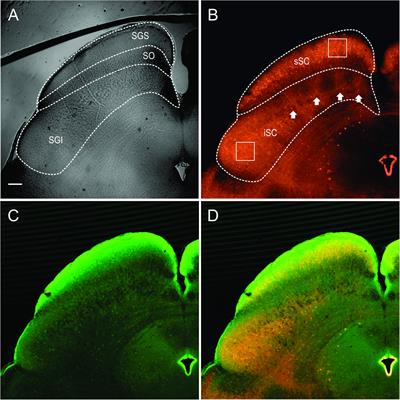
ORIGINAL RESEARCH
Published on 17 Jan 2018


Frontiers in Behavioral Neuroscience
Frontiers in Cellular Neuroscience
Frontiers in Neuroscience
Frontiers in Psychology